A Brief History of the Bank of China
April 17 – The Bank of China’s beginnings lie within the Imperial Chinese Court.
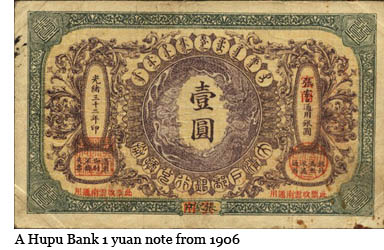 The Hupu Bank
The Hupu Bank
The Hupu Bank was organized by the Imperial Ministry of Revenues in 1904 during the Qing Dynasty. It is the oldest government owned and operated bank in China and opened its first office in Beijing on September 27, 1905 (August 29, 31st year of Guangxu – Qing Dynasty). In 1907, the Hupu Bank established a Jinan branch. In 1908 its name was changed to “Great Qing Bank” (The Da Ching Government Bank) The Imperial Court of China effectively ended in 1911 when Pu Yi, the young Emperor, abdicated in favor of the new Republic of China envisaged by Sun Yat-Sen. The Republic of China was promulgated on January 1, 1912, with the seat of government being based in Nanjing.
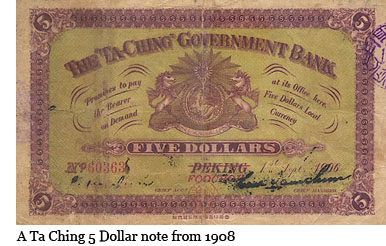 The Ta Ching Government Bank
The Ta Ching Government Bank
The Ta Ching Government Bank became the only authorized note issuing authority in China until its name was changed to the Bank of China in 1912. The Bank of China today therefore has its roots in Imperial China. The bank had its operations at 3-5, Hankou Road, Shanghai, before being changed to the Bank of China. The building is still there.
The Bank Of China
Founded in 1912 to absorb and replace the Ta Ching Government Bank, this is the oldest bank in China. From its establishment until 1942, it issued banknotes on behalf of the Central Government along with the “Big Four” banks of the period: the Central Bank of China, The Farmer’s Bank of China and the Bank of Communications. It opened its first branch in Hong Kong in 1917. Although it initially functioned as mainland China’s central bank, it was replaced in this role by the Central Bank of China in 1928. Subsequently, it became a purely commercial bank. After the Chinese civil war ended in 1949, the Bank of China effectively split into two operations. The mainland operation is the current entity known as the Bank of China, and is now the second largest lender in China overall, and the 8th largest bank in the world by market capitalization value. The Taiwanese portion of the bank relocated to Taiwan with the Kuomingtang government in 1949. It was privatized in 1971 to become the International Commercial Bank of China, then subsequently merged with the Taiwan Bank of Communications (Chiao Tung Bank), to become the Mega International Commercial Bank.
Today, the Bank of China has over RMB 3 trillion in assets, making the Fortune Global 500 for the past 17 years. The Bank of China building in Hong Kong, designed by I.M. Pei and opened in 1990, and is currently the 10th tallest building in the world.
The Bank of China ceased issuing bank notes in 1942, when the Communist Party reorganized China’s banking system and re-positioned the Peoples Bank of China as the main bank note issuing authority, a position which it retains today. The only exceptions for issuance of notes by the Bank of China have been the old Foreign Exchange Certificates, issued only to foreigners until 1990, and two special commemorative issues, for the 50th anniversary of the founding of the People’s Republic of China, and for the new millennium.
Pictured below are examples of notes the bank issued as one of China’s four issuing banks and then as FEC and commemorative issues:
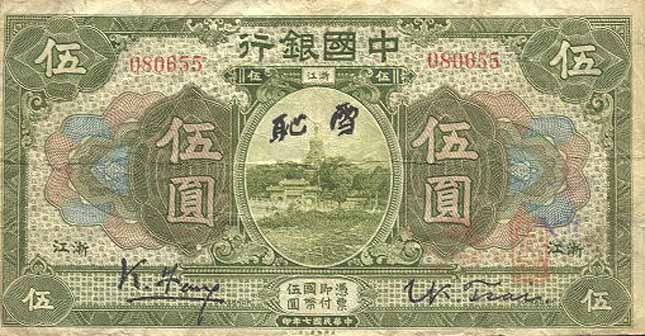
1918 5 yuan bank note
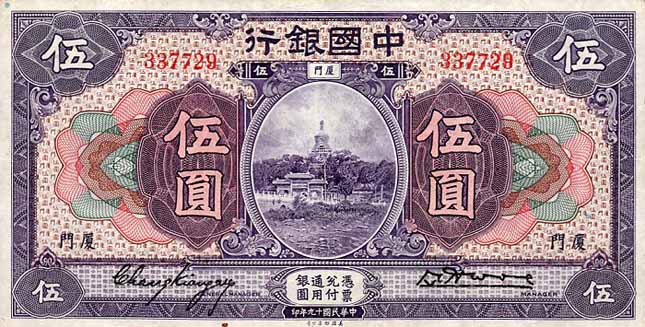
1930 Bank of China 5 dollar note
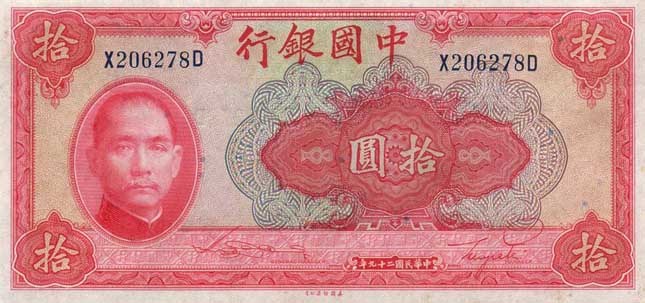
1940 Bank of China 10 yuan note (picturing Dr. Sun Yat-Sen; printed by the American Bank Note Company)
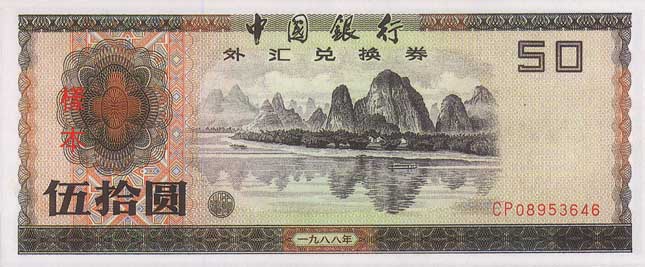
1988 Bank of China RMB50 FEC
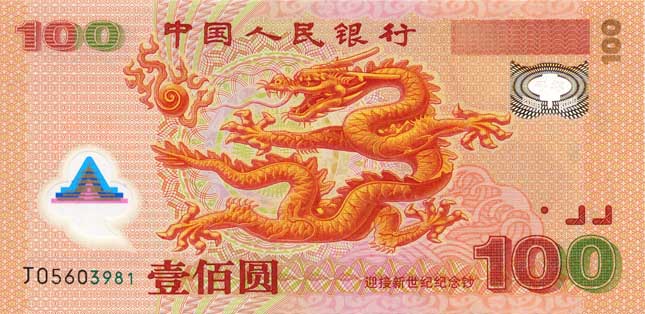
2000 Bank of China RMB100 millennium commemorative note
- Previous Article Dezan Shira & Associates opens new office in Ningbo
- Next Article China’s exports feel the sting of U.S. credit crunch









